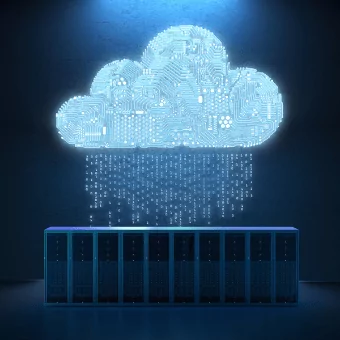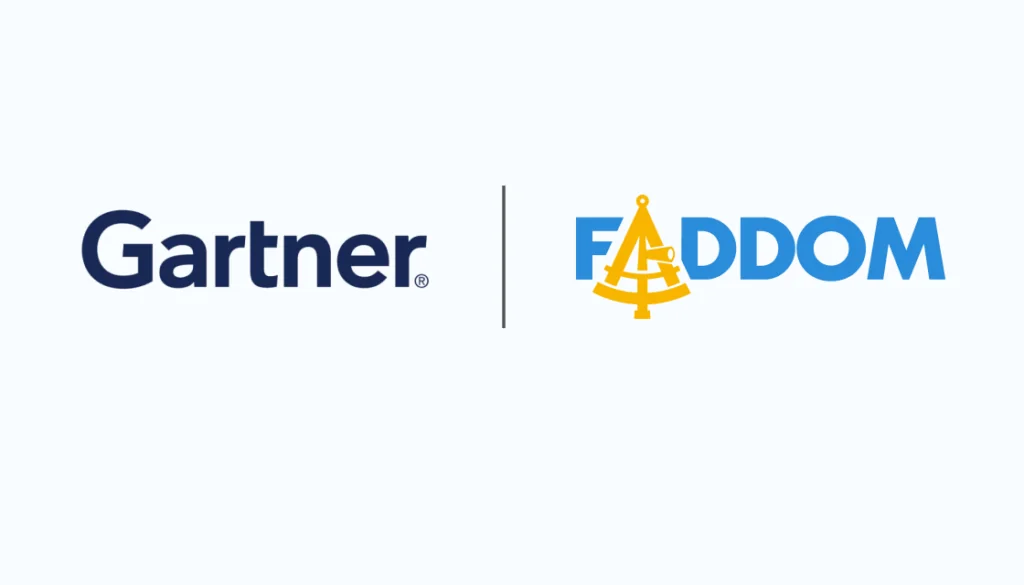Simply put, data migration is any situation where you move data from one location to another, as well as making changes in its format, or moving it between applications. There are a number of reasons why you might be embarking on a data center relocation project, from moving data or applications to the cloud, to consolidating or deleting systems that currently hold data, or optimizing your data storage for cost or ease of use.
Here’s what you need to think about when starting a new data center migration or data center relocation project. (For more information, see our Guide to Cloud Migration.)
Table of Contents
ToggleWhat Kind of Data Center Migration is the Business Planning?
For most companies, data center migration is a natural part of digital transformation. The business benefits of cloud for example, are well accepted by now, and include flexibility and agility, lower costs due to OpEx on demand over CapEx, and the freedom to think about core business value over infrastructure. Let’s think about three main kinds of data center migration that may be on the roadmap.

Data Center Migration Process for Storage
There are many reasons why companies may choose to migrate data to store it elsewhere. Of course, the most common is cloud storage. This usually doesn’t involve changing the data at all, and wont impact the other layers of your system. Cloud storage can make your data more accessible and easier to use, making collaboration simpler, and adding a layer of security. Think about what would happen if your on-premises servers failed, all of that data would be unusable. In contrast, cloud storage saves your data across redundant servers and different data centers, so you never have to worry about a disaster or a cyber-attack.
Learn more in our detailed guide to cloud migration checklist
Companies can also benefit from cloud storage pricing, which usually offers a cost-effective tiered approach to storing and holding data. For example, with Microsoft Azure, you can use storage that spans from cool to hot, depending on how often you want to be able to access the data.
Data Center Migration Move to the Cloud
Many companies are in the process of moving their entire data centers to the cloud, or the vast majority of their applications. In fact, by 2021, 94% of all data center workloads are expected to be on the cloud.
The remote working landscape has accelerated this reality, with so many companies eager to be able to work freely, securely, and effectively from home, due to the pandemic. While many companies will open their office doors again, and soon, many are doing so far more flexibly, offering remote-first, or choice-first working models that will suit the modern drive for work/life balance.
Whether you’re attempting lift and shift, or refactoring, rehosting or replacing applications, you need serious visibility before you start a large-scale data center cloud migration project.
Data Center Migration Plan for Applications
In many cases, you’re not talking about a full cloud data center migration, but you are moving a sensitive or important application. While it used to be common for organizations to be moving applications from on-prem to the cloud, it’s now equally likely it will be from one cloud to another, as part of a multi-cloud or hybrid business strategy. The main issue to think about is that every application introduces elements of application logic to the data tier, and no two use cases are alike. Formatting, design, architecture, and processes need to speak the same language, and workflows to make this happen can be extremely complex. When it’s time to move a specific application, this needs to be handled very sensitively.
Putting into Place a Data Center Migration Plan
All data center migration projects will involve a version of Extract, Transform and Load, (ETL) but an important pre-step is Plan. While data was once seen as static, times have changed. Today, data is a dynamic beast, and can carry risk, cost, and value in and of itself. Data center migration is complicated, and as we’ve discussed, data can get tangled with other applications and systems, especially in a hybrid data center, impacting business continuity if it is moved, and will often hold sensitive customer information that can impact your compliance.
Gartner gives two priorities when it comes to data center migration. First, the industry experts suggest companies “disentangle data by applying corrected information governance to pace layering.” This means moving data slowly, by first understanding all the application dependencies and complexities, to see what is reliant within the data center. Secondly, Gartner tells organizations to “understand data gravity, to gauge and prioritize data migration efforts.” By truly knowing how all your data and applications interact with one another, your data center replacement project has a better chance of succeeding. Here are three main issues to keep in mind:
Expertise: If you don’t have the experts or technology in-house, outsource. There are plenty of free or inexpensive tools available that will allow you to quickly and easily make sense of a complex data center, before you begin your migration.
Learn more in our detailed guide to data center migration
Plan: Of course, spending weeks or months planning for migration only works when the plan is a solid one! Make sure that you end up with a clear map of your data center migration plan, including how all parts interact with one another.
Don’t Forget Dependencies! Cross-object dependencies are often found late in the day, and can be catastrophic for data center replacement or migration projects. If you start early on with a tool that can accurately discover dependencies early on, that’s one fear crossed off your list.
Execute and then Test and Validate your Data Center Migration Project
Lastly, whichever tools you deploy, make sure that you have a way to test your data center replacement environment, both before and after the migration occurs. This ensures that you can check metrics such as SLA to see that no negative impact has occurred as a result of the migration, and that the data is viable and usable in its new location, before you get rid of old systems and applications.
Try Faddom now, a free tool that offers full visibility into your hybrid data center migration environment.









